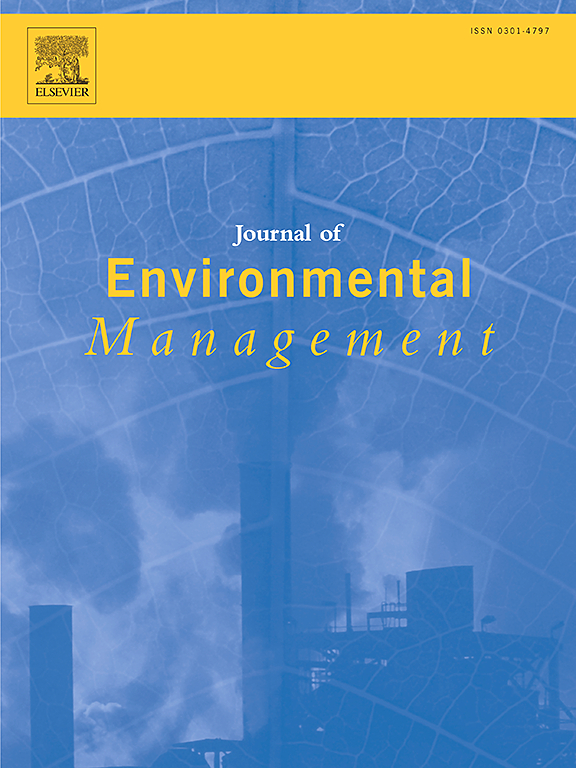The disparities in health risks of multiple pollutants through soil and dietary exposure in a rural-urban area based on accessibility method
IF 8
2区 环境科学与生态学
Q1 ENVIRONMENTAL SCIENCES
引用次数: 0
Abstract
Rapid urbanization has resulted in disparities in environmental conditions for different communities in suburban area. This study presents a comprehensive investigation into the occurrence of pollutants in the soil and dietary food, and associated health risks in an urban-rural transitional area. The levels of potential toxic pollutants, notably metals, organophosphate esters (OPEs), and agrochemicals in surface soil and dietary food were evaluated. Higher levels of metals and OPEs were found in soils of industrial area, and agricultural soils had an elevated level of agrochemicals. The highest health risk was found for Chromium (Cr) which exceeded 1, indicating a high probability of adverse non-cancer effect to local residents. The levels of contaminants in food showed higher variability in community market and farmers' market than in supermarket, while higher levels of OPEs were found in food from supermarkets. The accessibility to fresh food mainly determined the differences in health risks of different communities. For dietary exposure, residents of industrial areas have higher levels of risk than other neighborhoods, mainly due to the possibility of exposure of foodstuffs with higher metal contents. In terms of market type, community markets mainly contributed to the comprehensive health risk through dietary exposure, especially for industrial and agricultural communities. The findings of this study provided further understanding of the spatial distribution of various contaminants as well as their health risks for different communities, which could guide the monitoring and management of potential toxic pollutants to safeguard public health in rural-urban transitional regions.
基于可及性方法的城乡地区通过土壤和膳食接触多种污染物的健康风险差异。
快速城市化导致郊区不同社区的环境条件存在差异。本研究全面调查了城乡过渡地区土壤和膳食中污染物的发生情况以及相关的健康风险。研究评估了地表土壤和膳食食物中潜在有毒污染物的含量,主要是金属、有机磷酸酯(OPEs)和农用化学品。工业区土壤中的金属和 OPE 含量较高,而农业土壤中的农用化学品含量较高。铬(Cr)的健康风险最高,超过了 1,表明很可能对当地居民造成不良的非癌症影响。与超市相比,社区市场和农贸市场的食品污染物含量变化更大,而超市食品中的 OPE 含量更高。新鲜食品的可获得性主要决定了不同社区居民健康风险的差异。在膳食暴露方面,工业区居民的风险水平高于其他社区,这主要是因为他们可能接触到金属含量较高的食品。在市场类型方面,社区市场主要通过膳食暴露造成综合健康风险,尤其是工业和农业社区。本研究的结果有助于进一步了解各种污染物的空间分布及其对不同社区的健康风险,从而指导对潜在有毒污染物的监测和管理,保障城乡过渡地区的公众健康。
本文章由计算机程序翻译,如有差异,请以英文原文为准。
求助全文
约1分钟内获得全文
求助全文
来源期刊

Journal of Environmental Management
环境科学-环境科学
CiteScore
13.70
自引率
5.70%
发文量
2477
审稿时长
84 days
期刊介绍:
The Journal of Environmental Management is a journal for the publication of peer reviewed, original research for all aspects of management and the managed use of the environment, both natural and man-made.Critical review articles are also welcome; submission of these is strongly encouraged.
 求助内容:
求助内容: 应助结果提醒方式:
应助结果提醒方式:


